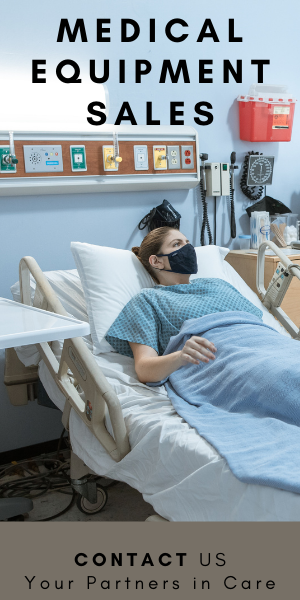
Sterilising equipment is essential in modern medical care, as patients are in contact with syringes, bandages and surgical tools. To ensure the safety of the medical practitioners, the environment and the patients, you must be using the medical equipment correctly. Using the equipment safely to ensure that it stays clean and sterilised. Effective and thorough cleaning of the medical equipment pieces is essential to lower the risk of spreading diseases from one patient to another. Using stainless steel wire mesh panels is a great place to start – to ensure a clean surface on which to put your tools. If you hire a firm specialising in 3d wire forming, they can help create personalised equipment for your medical practice.
Here we look at the ways to sterilise the medical equipment, including all the benefits of doing so and what accessories and methods get used during the sterilisation process.
Sterilising medical equipment
To prevent germs and diseases from spreading, hospitals and care facilities need to have a plan of attack. There are a few processes that need to be carried out in the right order:
Cleaning: The cleaning needs to get done before there is any sterilisation or disinfection carried out.
Disinfecting: This is the next step that involves using different liquid chemicals that kill the non-spore forming bacteria.
Sterilising: Several methods can be employed to disinfect and kill the disease-causing microorganisms and rid any transmissible agents, like spore and bacteria.
Steam Sterilization
The sterile department of processing uses sterilisers called steam autoclaves. Steam can clean the standard medical equipment devices, and it’s the cheapest and easiest way. Some technicians will only use this method when they have medical equipment that has heat-sensitive materials. This method applies a very intense heat and pressure that will destroy the microorganisms on the equipment. With steam sterilisation, there is a decontaminant that gets used to clean the surfaces of the medical equipment. You can prevent damage from being done by using cotton or paper and wrapping the instruments before starting the process.
Dry heat sterilisation
When steam can destroy the equipment or cannot penetrate it, the next step is going for dry heat. Dry heat is extreme but quite a slow technique that requires time and high temperatures. Because of this, it isn’t suitable for too many instruments, but it is more reliable than other forms. Dry heat uses hot air of around 340 degrees F to kill all microbial life.
Chemical sterilisation
A prepared solution of chemicals used in this process. The chemicals that are used are
- Bleach
- Ozone
- Ethylene oxide
- Hydrogen peroxide
These are the chemicals that have the power to kill different pathogens. You need to submerge the medical equipment in the chemical solution for the prepared amount of time. This process will kill all the pathogens. Once the equipment gets sterilised, rinse off the equipment and let it dry. Sterilisation with chemicals is not suitable for fibre optics and biological materials and all other heat-sensitive materials.
Plasma gas sterilises
This sterilisation process uses hydrogen peroxide-based gas plasma inside the chamber. That will kill any microorganisms on medical equipment, and dental instruments, including bacteria, fungi spores and viruses. When hydrogen peroxide gets added to the chamber. It sterilises the equipment inside. Once you have removed the vapour from the chamber, it creates a plasma that is of lower temperatures, which ensures the material has been sterilised.
Water and oxygen are what remains within this process and makes the sterilisation process safe for the medical staff and the environment.




